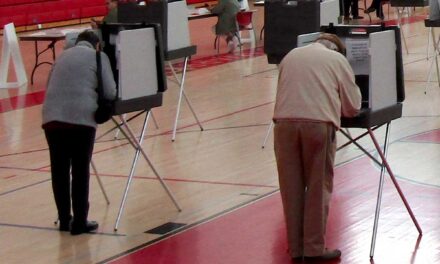By GAIL LOWE
WAKEFIELD — Shovel out your fire hydrants. Clear all vents to your home. Keep your cars in the driveway. And, speaking of driveways, keep them unshoveled until all plowing is completed.
This is the collective advice of Wakefield’s Fire Chief Michael Sullivan and Department of Public Works Director Richard Stinson.
Stinson said that tonight DPW crews will be out hauling snow to make room for new snow that’s on the way. Crews will begin work at 10 p.m. and wrap up by 6 a.m. Saturday.
He said he is expecting five inches of snow on Sunday and between six and seven inches on Monday.
To prepare for this major snow event, salt and sand will be spread along the town’s roadways before the storm starts.
“We’ll be staying on top of this until Tuesday,” he said.
Stinson requested that homeowners wait until after plowing is done to shovel their driveways, since having newly shoveled driveways plowed in with snow again causes the most frustration for homeowners.
Sullivan and Stinson are not leaving any coin unturned when it comes to the latest weather forecast. Today is the only day in the next four when no snow is expected to fall.
This morning started with an Arctic blast with temperatures in some areas below zero or in the single digits. The frigid air may have resulted in dead car batteries, frostbitten hands and, for certain, MBTA delays and cancellations.
But today’s cold is only the beginning of the latest weather woes in the Greater Boston area. Over the next four days, Wakefield and other communities are expected to see another foot of snowfall, according to weather forecasters, and this has Sullivan and Stinson worried because some people will continue to park on the streets instead of in their driveways and fire hydrants may still not be shoveled out by homeowners. That’s not all. Sullivan is also concerned about clothes dryer and other vents not being cleared of snow.
“It’s critical that all fire hydrants be shoveled out in the event of a fire,” said Sullivan. “And homeowners should make sure all vents to the outside are cleared of snow.”
Clogged vents to clothes dryers, furnaces and other appliances can cause carbon monoxide to back up into a building and poison the people inside.
Ice and snow can also build up near natural gas meters, regulators and pipes and pose serious safety risks.
Ice and snow falling from a roof or eaves can also damage meters or service connections to buildings and create the potential for gas leaks. In some instances, heavy snow can collapse roofs, so if snow can be removed with a long-handled snow rake homeowners may be wise to take that precaution.
Anyone who smells the rotten-egg odor of natural gas should leave the building and call 911 right away. Symptoms of carbon monoxide poisoning can include headache or drowsiness; so be on the lookout.
Area grocery store managers are also gearing up for the next onslaught of snow. Wise shoppers will buy what they need early before hunkering down to weather the storm.




